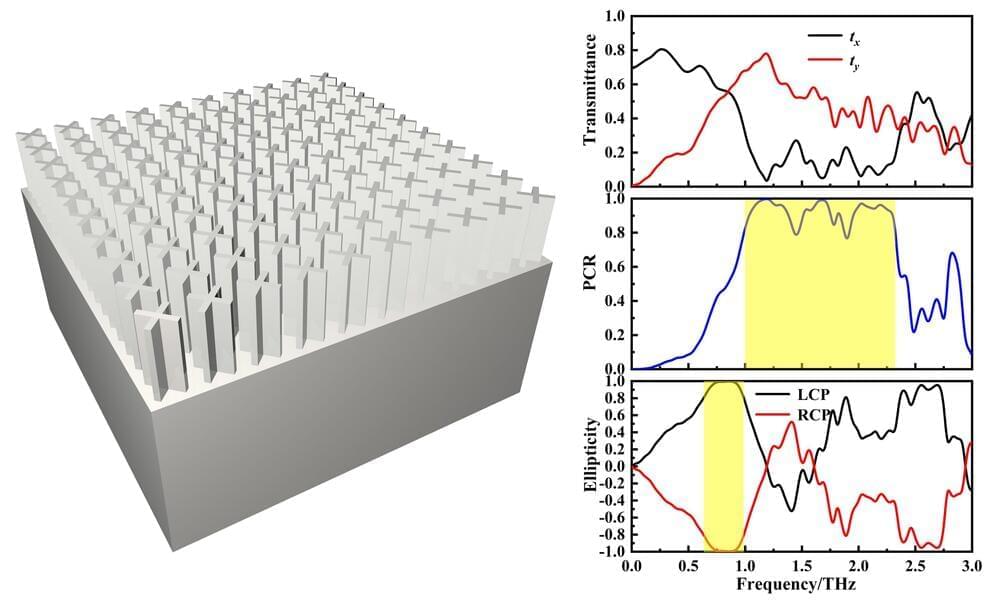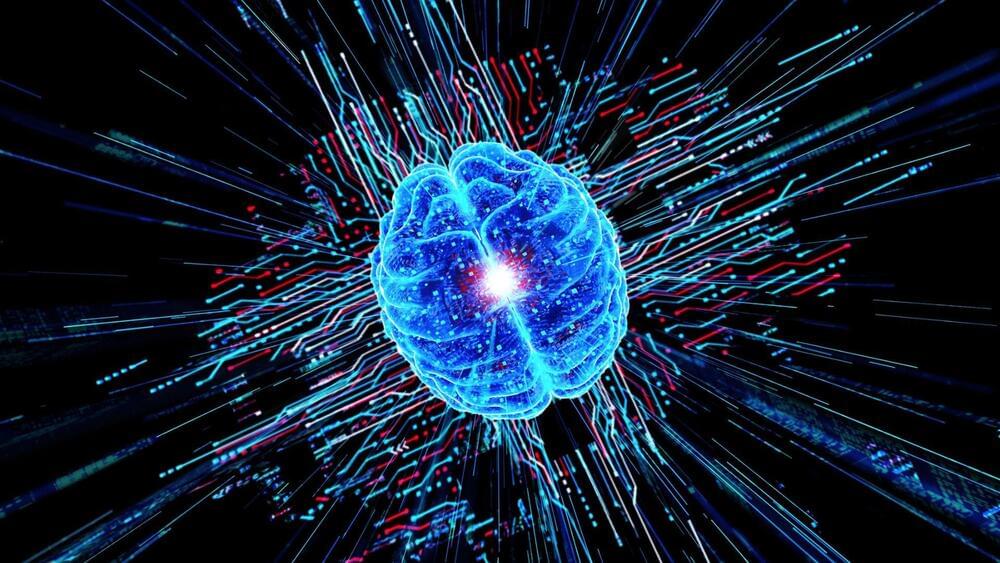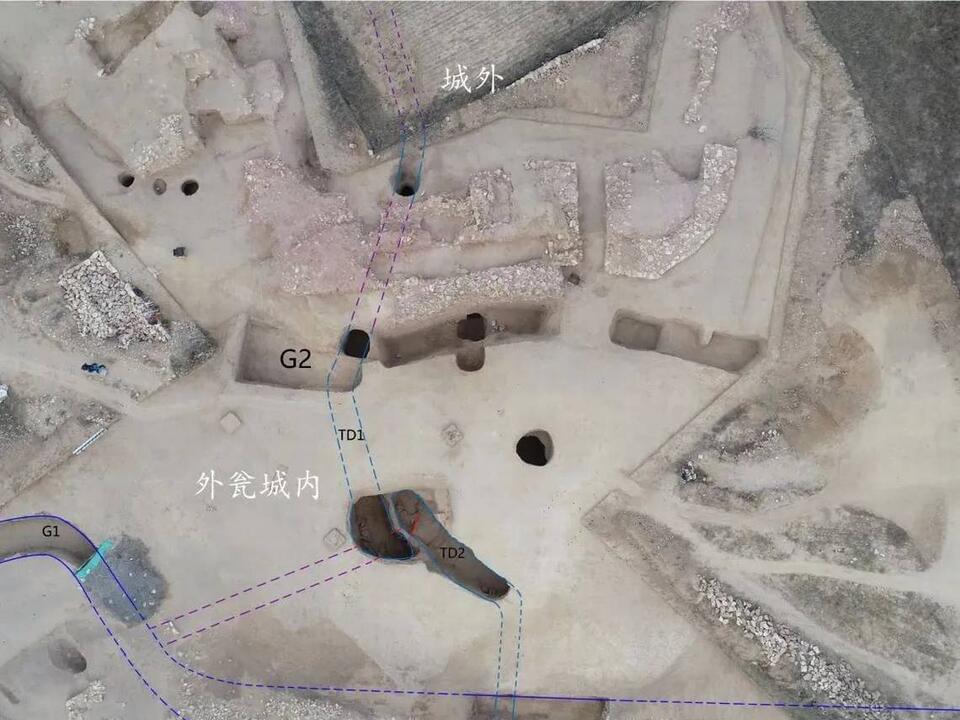Polarization is one of the fundamental characteristics of electromagnetic waves. It can convey valuable vector information in sensitive measurements and signal transmission, which is a promising technology for various fields such as environmental monitoring, biomedical sciences, and marine exploration. Particularly in the terahertz frequency range, traditional device design methods and structures can only achieve limited performance. Designing efficient modulator devices for high-bandwidth terahertz waves presents a significant challenge.
Researchers led by Prof. Liang Wu at Tianjin University (TJU), China, have been conducting experiments in the field of all-dielectric metamaterials, specifically focusing on utilizing these materials and their structural design to achieve effective broadband polarization conversion in the terahertz frequency range.
They propose a cross-shaped microstructure metamaterial for achieving cross-polarization conversion and linear-to-circular polarization conversion in the terahertz frequency range. The study, titled “An all-silicon design of a high-efficiency broadband transmissive terahertz polarization convertor,” was published in Frontiers of Optoelectronics.





